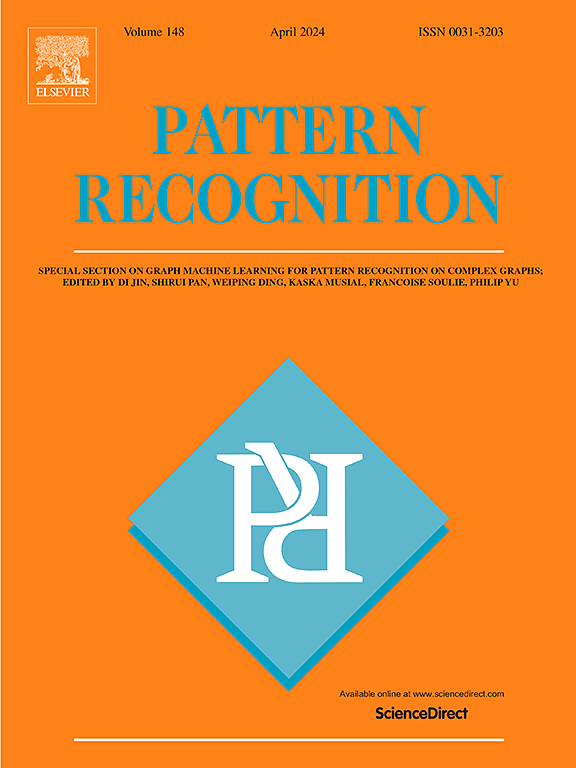S2Reg: Structure-semantics collaborative point cloud registration
IF 7.5
1区 计算机科学
Q1 COMPUTER SCIENCE, ARTIFICIAL INTELLIGENCE
引用次数: 0
Abstract
Point cloud registration is one of the essential tasks in 3D vision. However, most existing methods mainly locate the point correspondences based on geometric information or adopt semantic information to filter out incorrect correspondences. They overlook the underlying correlation between semantics and structure. In this paper, we propose a structure-semantics collaborative point cloud registration method. Firstly, we propose a Superpoint Semantic Feature Representation module (SSFR), which incorporates multiple semantics of neighboring points to characterize the semantics of superpoints. Then, through a Structural and Semantic Feature correLation with Attention Guidance module (SFLAG), we capture the global correlation of semantics and structure within a point cloud, as well as the consistency of semantics and structure between point clouds. Moreover, an image semantic segmentation foundation model is employed to acquire semantics when images of the point clouds are available. Extensive experiments demonstrate that our method achieves superior performance, especially in low-overlap scenarios. Our code and models are available at https://github.com/GAOXINYU203/s2reg.
求助全文
约1分钟内获得全文
求助全文
来源期刊

Pattern Recognition
工程技术-工程:电子与电气
CiteScore
14.40
自引率
16.20%
发文量
683
审稿时长
5.6 months
期刊介绍:
The field of Pattern Recognition is both mature and rapidly evolving, playing a crucial role in various related fields such as computer vision, image processing, text analysis, and neural networks. It closely intersects with machine learning and is being applied in emerging areas like biometrics, bioinformatics, multimedia data analysis, and data science. The journal Pattern Recognition, established half a century ago during the early days of computer science, has since grown significantly in scope and influence.
 求助内容:
求助内容: 应助结果提醒方式:
应助结果提醒方式:


